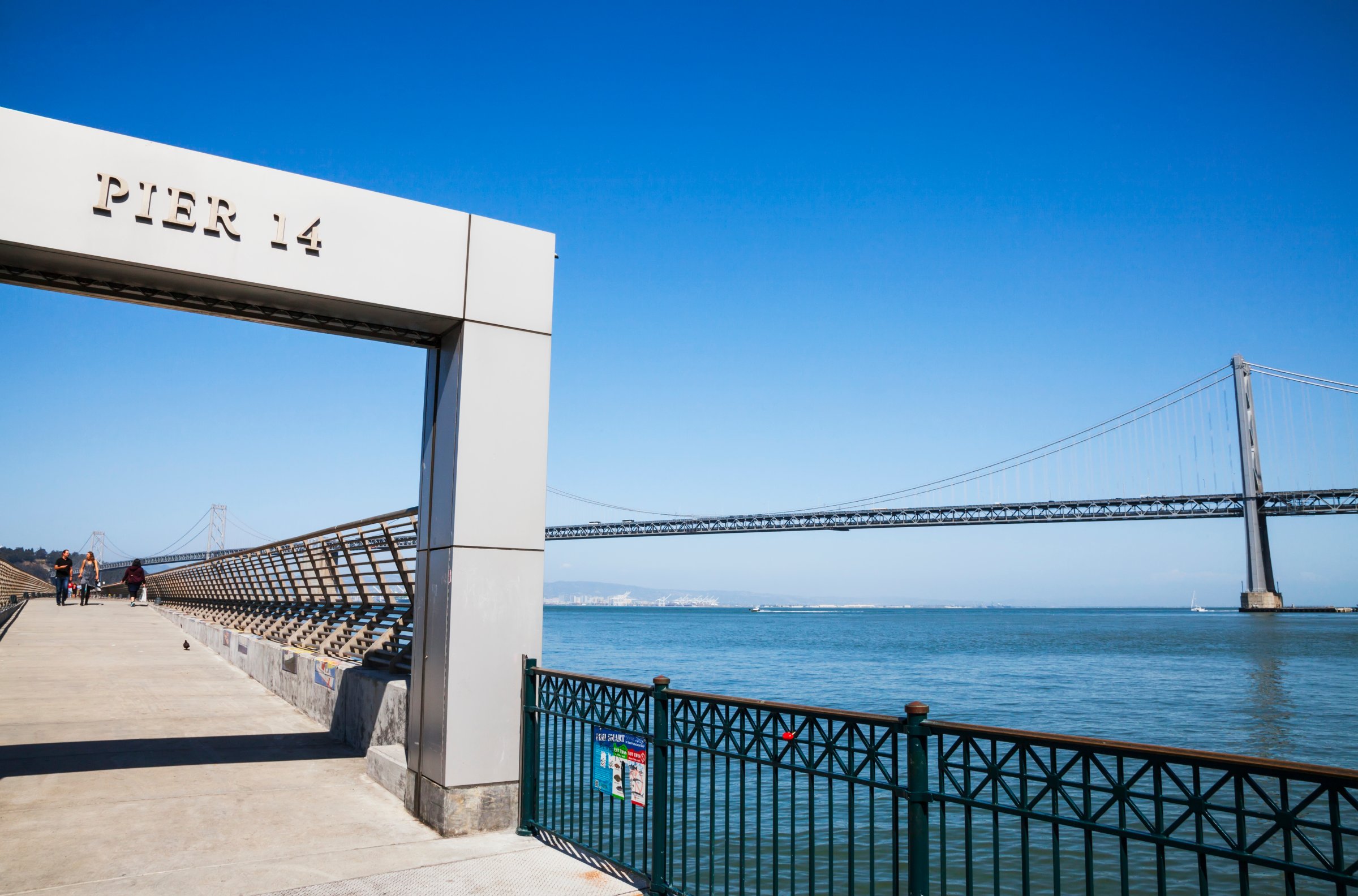
Temperatures were hot in San Francisco on Tuesday, as the trial of Jose Ines Garcia Zarate entered its second day.
Inside the San Francisco Superior Court, people fanned themselves and Judge Samuel Feng repeatedly invited attendees to take off their suit coats as the prosecution and defense tussled over the details of what happened on the evening that 32-year-old Kate Steinle was shot and killed.
The murder case has become a flashpoint in national debates over illegal immigration because Garcia Zarate — a Mexican citizen who has been deported five times — was released by the local sheriff’s department weeks before the shooting took place in 2015, despite a federal request to detain him. The sheriff at the time has cited San Francisco’s so-called “sanctuary” policies as the reason he was discharged, and President Trump has invoked Steinle’s name as evidence that border security must be tighter, immigration enforcement tougher.
No one denies that Garcia Zarate, who was homeless at the time, handled the gun that killed Steinle as she walked along Pier 14 with her father. But, while questions about the policies that helped lead an undocumented immigrant to that spot surround the trial, they will not play a role in the courtroom.
The issue at stake is what Garcia Zarate’s intentions were: did he discover a gun wrapped in rags under a bench and accidentally set it off, as his public defender has argued? Or did he shoot the firearm at a picturesque tourist location with an intent to kill, planning for the bullet to hit a human being?
The answer will determine whether he is convicted of second-degree murder, facing up to 15 years in prison. Matt Gonzalez, his attorney, described the incident as a tragedy while speaking to reporters outside the courtroom on Tuesday. He also said it was “an accident waiting to happen.” Investigators found that the bullet that killed Steinle hit the ground 78 feet away from her before ricocheting into her back.
Inside the courtroom, Deputy District Attorney Diana Garcia brought forth several witnesses who testified about seeing Garcia Zarate on the pier that evening, asking questions that might help reveal his state of mind as the family of Steinle sat stoically behind her for much of the day.
One was Michelle Lo, a tourist from the East Coast who spoke to the court through a Cantonese interpreter (as Garcia Zarate listened to a Spanish translation through a headset). Lo described a man dressed in black who was turning around in a swiveling chair on the pier before the shooting, laughing and grinning and looking at people who walked past. She testified that he made her feel “uncomfortable.”
Another witness, a third grade teacher named Maria Moreno who watched the scene unfold from the fifth floor of a hotel across the street, described hearing a loud bang and screams “of horror” before watching Garcia Zarate “briskly” walk away from the scene with a “scowl” on his face. Gonzalez quizzed her about whether that might have been a “determined” look rather than a scowl. She said she couldn’t say. He seemed to spend most of the day working to identify discrepancies and subjectivity in various accounts, drilling into details like the difference between “staring” and “looking.”
Speaking to reporters in the morning, Gonzalez also said that while his team’s defense does not rest on issues of competence, “it would be wrong to pretend that there aren’t also mental state and mental health issues in play.”
As the day came to a close, the prosecution played a long video taken by crime scene investigators in the hours after Steinle was taken to the hospital. A police officer shot the video as he slowly walked along Pier 14, which juts out in front of the Bay Bridge near the Ferry Building. The sun is setting in bright purples and pinks. The scenery is beautiful. But the camera lingers longest on splashes of red blood that remained on the ground.
No matter what happens in the case, such emotive images may find their way into debates over immigration policy in the future, even though there have been calls to stop using Steinle’s name in the political arena out of respect for her family. Her death already inspired federal lawmakers to introduce an immigration bill that some called “Kate’s Law,” which would increase penalties for deported individuals.
Political rhetoric will at least be absent over the next seven weeks or so at the San Francisco Superior Court, as lawyers drill down into the details of Steinle’s case rather than the big picture. Gonzalez said on Tuesday, for instance, that he planned to use the video footage in future arguments about where exactly Garcia Zarate was sitting and just how far that put him from the young woman.
“The defense of accident is really also what happened,” he said.
More Must-Reads from TIME
- Donald Trump Is TIME's 2024 Person of the Year
- Why We Chose Trump as Person of the Year
- Is Intermittent Fasting Good or Bad for You?
- The 100 Must-Read Books of 2024
- The 20 Best Christmas TV Episodes
- Column: If Optimism Feels Ridiculous Now, Try Hope
- The Future of Climate Action Is Trade Policy
- Merle Bombardieri Is Helping People Make the Baby Decision
Contact us at letters@time.com